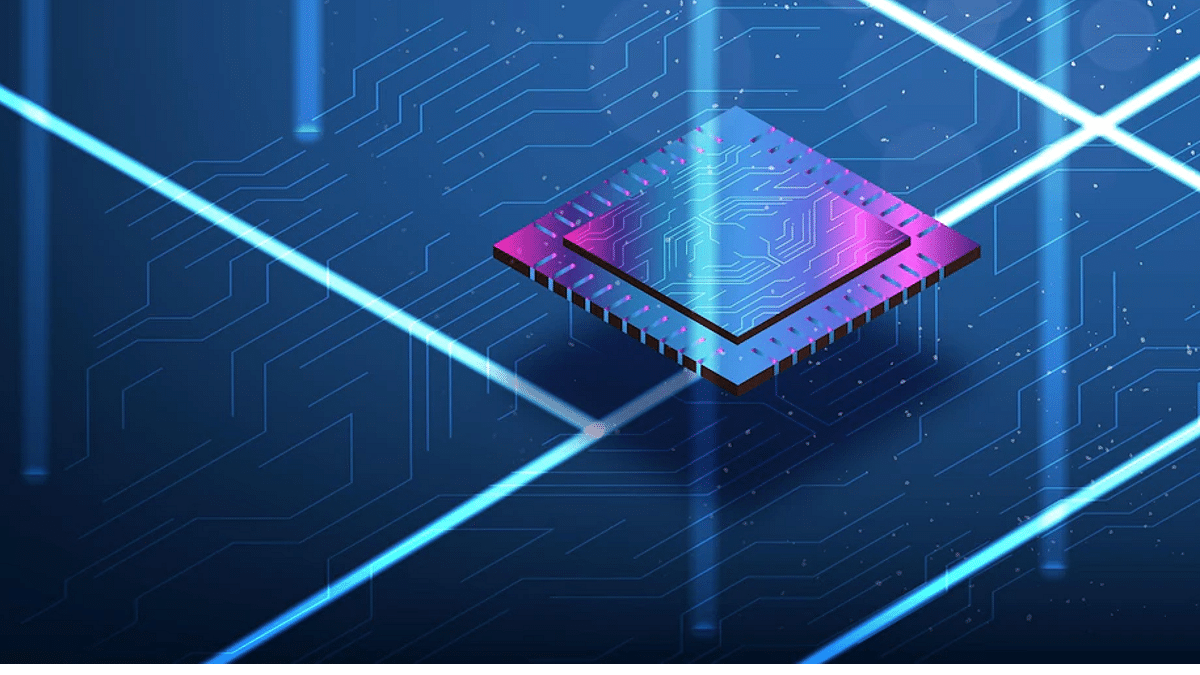Key Highlights
- Qualcomm has released several new mobile chipsets
- Snapdragon 7 Gen 1 is a recent mid-range offering
- Below is its comparison with Dimensity 8050
Qualcomm and MediaTek are competing aggressively in the mobile chipset segment. Both these brands have adapted to the industry change and launched multiple options for advanced 5G smartphones. The Snapdragon 7 Gen 1 comes as Qualcomm’s latest bet in the mid-range 5G category which gets some heat from the rival MediaTek Dimensity 8050 chipset. In this article, we are doing a quick comparison of the CPU, GPU, and other crucial features offered by the Snapdragon 7 Gen 1 and MediaTek Dimensity 8050 chipset.
Qualcomm Snapdragon 7 Gen 1 Vs MediaTek Dimensity 8050: CPU Architecture
| Chipset | Snapdragon 7 Gen 1 | Dimensity 8050 |
| CPU | octa-core | octa-core |
| Fabrication | 4nm | 6nm |
| CPU Frequency | 2400MHz | 3000MHz |
- Snapdragon 7 Gen 1 has octa-core CPU
- Includes single 2.4GHz-Cortex-A710 core, three 2.36GHz Cortex A710 cores, and four Cotex-A510 cores with 1.8GHz clock frequency
- Fabricated using 4nm process
- Mediatek Dimenisty 8050 chipset uses slightly thicker 6nm fabrication process
- Has octa-core CPU but cluster design is different
- Includes one Cortex-A78 cores with 3GHz clock speed, three 2.6GHz-Cortex-A78 cores, and four Cortex-A55 cores with 2GHz clock speed
Snapdragon 7 Gen 1 Vs Dimensity 8050 Chipset: GPU Comparison
| Chipset | Qualcomm Snapdragon 7 Gen 1 | MediaTek Dimensity 8050 |
| GPU | Adreno 600 | Valhall 1st Gen |
| GPU frequency | 660MHz | 850MHz |
- Qualcomm Snapdragon 7 Gen 1 processor comes with Adreno 644 GPU
- Delivers 660MHz GPU frequency
- MediaTek Dimensity comes with Mali-G77 MP9 GPU
- Has Valhall 1st Gen GPU frequency
Also Read: Unisoc T820 Vs MediaTek Dimensity 6100 Plus: Mid-Range Chipset Comparison 2023
Snapdragon 7 Gen 1 MediaTek Dimensity 8050 Processor: Memory, Multimedia Differences
| Processor | Snapdragon 7 Gen 1 | Dimensity 8050 |
| Memory type | LPDDR5 | LPDDR4X |
| Memory Frequency | 3200MHz | 2133MHz |
| Maximum Memory | 16GB | 16GB |
| Storage | UFS 3.1 | UFS 3.1 |
| Maximum Display Resolution | 1600 x 3360 | 1080 x 2520 |
| Maximum Camera Resolution | 200MP | 200MP |
- Qualcomm Snapdragon 7 Gen 1 chipset supports LPDDR5 memory type
- Maximum memory frequency is 3200MHz
- Compatible with up to 16GB max memory size
- MediaTek Dimensity 8050 processor uses LPDDR4X RAM
- Maximum memory frequency is 2133MHz
- Maximum memory supported is also 16GB
- Both Snapdragon 7 Gen 1 and Dimensity 8050 chipset supports UFS 3.1 storage
- Snapdragon 7 Gen 1 supports 1600 x 3360 pixels maximum resolution
- Dimensity 8050 supports 1080 x 2520 pixels maximum display resolution
- Both processors have 200MP maximum camera resolution support
- Snapdragon 7 Gen 1 can record 4K@30fps videos
- Dimensity 8050 can record 4K@60fps videos

